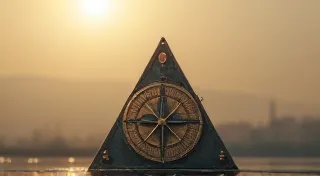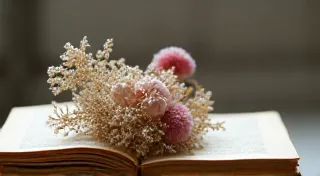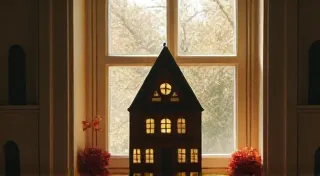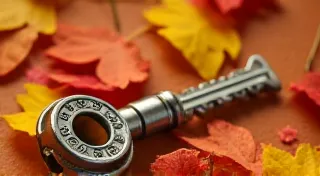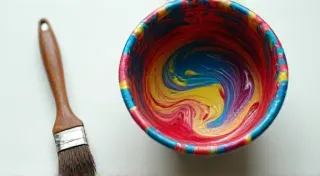Beneath the Gilding: Detecting Forgeries and Reproductions in the Postcard Marketplace
There's a quiet magic in holding an antique city postcard. It's more than just cardboard and ink; it’s a miniature time capsule. Imagine the hands that held it, the thoughts carried across miles, the lives briefly connected by a small, illustrated window onto a past metropolis. I remember the thrill of finding my first truly significant postcard - a vibrant, linen era view of Pittsburgh, circa 1918. The colors were remarkably preserved, the details sharp. It felt…real. A connection to a generation long gone. Sadly, that initial enchantment can quickly sour when you suspect you're not holding a genuine piece of history, but a cleverly disguised reproduction.
The rise in popularity of postcard collecting, particularly focusing on antique city views, has unfortunately attracted those looking to profit by deception. While the vast majority of dealers and collectors are honest and passionate, the market for vintage postcards does present opportunities for those wanting to manufacture and sell forgeries. It’s a disheartening reality, but one that every serious collector must learn to navigate. This isn's about paranoia; it's about informed appreciation – understanding what you're acquiring and honoring the craft of the original artist and printer.
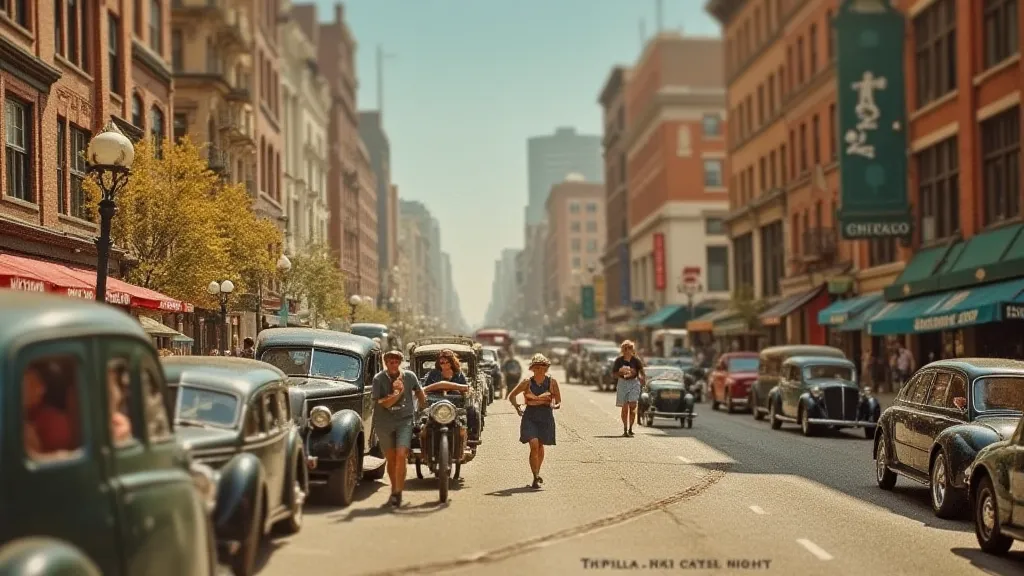
The Rise of Reproduction and the Evolution of Deception
Reproductions aren's a new phenomenon. Early photographic postcard businesses often reused negatives, sometimes even decades apart, creating cards that appear 'antique' but lack true historical context. The impact of urbanization on cities, as subtly reflected in the evolution of street layouts and architectural styles visible on these early cards, is a fascinating area of study – it’s almost as if you can witness change unfolding through a collection. However, the techniques used by forgers have become increasingly sophisticated. Early attempts were often clumsy, relying on crude printing processes that failed to convincingly mimic the characteristics of genuine antique cards. Today’s forgeries frequently utilize digital printing and aged paper, striving for a hyper-realistic imitation. This makes detection more challenging.
The initial surge in forgeries coincided with the late 20th century's resurgence of interest in antique postcards. Demand outstripped supply, incentivizing unscrupulous individuals to exploit the market. The ease of access to digital imaging software has only exacerbated the problem. Now, anyone with a scanner and a printer can create a passable imitation of a rare postcard.
Key Indicators: Examining the Physical Attributes
So, how do you spot a fake? It's a process of careful observation and familiarizing yourself with the hallmarks of genuine antique postcards. Let’s start with the basics – the paper itself.
- Paper Quality: Antique postcards, especially those from the "real photo" era (RPPC) and linen era, were printed on specific paper stock. Early cards (divided back and pre-divided back) were often printed on thinner, coarser paper than the later linen and RPPC cards. Reproductions often use modern, smoother paper that feels "wrong" to the touch. A simple squeeze test can often reveal this – authentic cards often have a slight “give” that modern paper lacks.
- Ink & Color: Authentic antique postcards display subtle variations in ink density and color due to the limitations of early printing processes. Reproductions often have uniform, vibrant colors, a telltale sign of modern printing. Examine the ink carefully under magnification. Genuine cards may exhibit slight blurring or ink bleeding along the edges of the image.
- Postmark & Cancellation: A legitimate postmark is an incredibly valuable detail. It not only verifies the card’s history but can also act as an age indicator. Forgeries often lack a postmark altogether, or the postmark is anachronistic – placed on the card at a later date. Research postal history for the location and era represented on the postcard. A sudden, suspiciously clean, "new" postmark is a red flag.
- Divided Back Characteristics: Cards with divided backs (the back split into a picture postcard side and a space for a message) weren’t introduced until 1907 in the US. Any card claiming to be pre-1907 with a divided back is, without exception, a fake.
Beyond the physical materials, the design and layout of antique postcards provide valuable clues to their authenticity. The choices made by designers – the font styles, the positioning of text, and the overall composition – often reflect the aesthetic trends of the era. Studying the typographical tapestry of these vintage cards can unlock another layer of understanding about their origins.
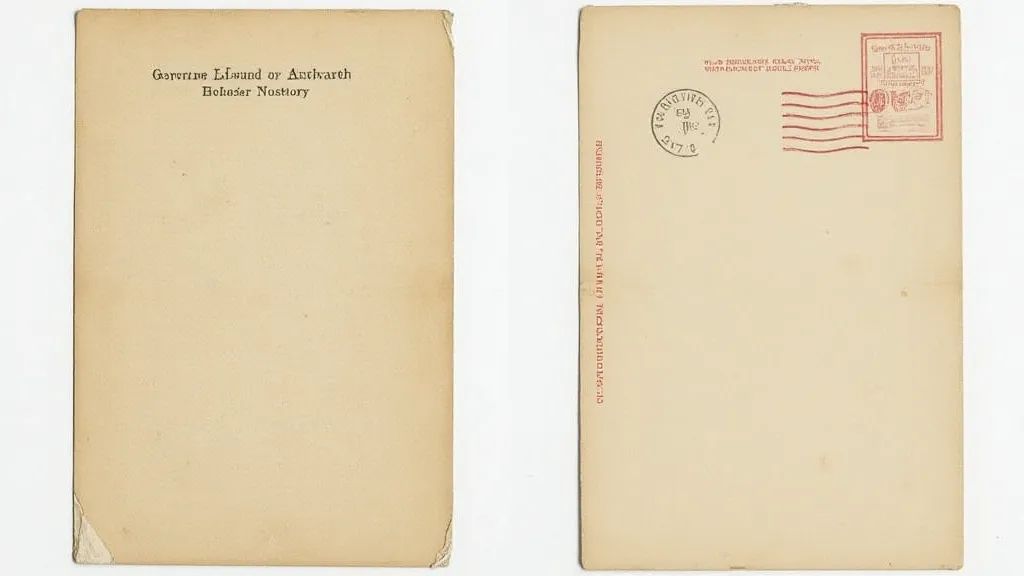
Beyond the Surface: Deeper Investigation
Visual inspection is just the first step. More in-depth investigation can reveal subtle clues that betray a forgery.
- Series Guide Research: Many antique postcards belonged to specific photographic series. Each series had its own distinct style, numbering system, and photographic techniques. Familiarize yourself with recognized postcard series guides. If a card claims to be from a series but the numbering or photographic style doesn't match existing documentation, it's likely a fake.
- Photographer’s Style: "Real Photo" postcards were often taken by local photographers. Research known photographers of the era. Does the photographic style and quality match the photographer’s documented work?
- Print Quality Under Magnification: Modern digital printing can mimic the look of older printing processes, but close examination under magnification (at least 10x) often reveals the “dot pattern” characteristic of inkjet printing. Antique cards, printed using lithography or other older methods, lack this distinct dot pattern.
- Watermarks: Some paper manufacturers included watermarks. Identifying these watermarks can provide clues about the card's origin and age.
The distribution and visual representation of urban spaces are constantly changing. Examining how these shifts are documented, or misrepresented, on vintage postcards is an ongoing area of study for collectors and urban historians alike. The way cities are framed and depicted on postcards reveals much about the societal attitudes and priorities of the time, and that's why the subject is so compelling. It’s intriguing to think about how the scale and perspective chosen by photographers and publishers influenced public perception of urban landscapes.
The Emotional Cost of Authenticity
Detecting forgeries can be disheartening. The thrill of the hunt, the connection to the past, it all hinges on the knowledge that you're holding a genuine artifact. However, cultivating this vigilance is an act of respect – respect for the original artist, the photographer, the postal workers who carried the message, and the collective memory of a bygone era. It’s a responsibility we owe to ourselves and to future generations of collectors.
I remember once being very excited about a postcard purporting to show a view of a demolished factory in Pittsburgh – a subject dear to my local history interests. It seemed perfect. I almost paid a significant sum. But something felt off. The ink appeared too vivid, the paper too smooth. Further investigation revealed that it was a recent reproduction using a scanned image from a historic photograph. While disappointing initially, it reinforced the importance of meticulous examination and understanding the nuances of antique postcards.
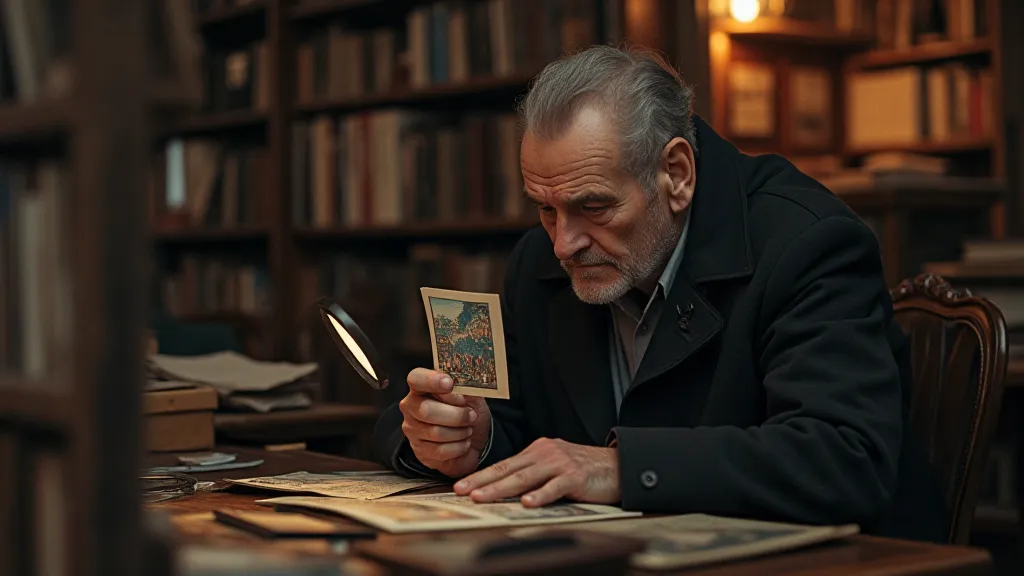
A Lifelong Journey of Discovery
Spotting forgeries isn’s a science; it’s an art. It requires patience, a keen eye, and a passion for postcard history. Continuously educate yourself. Join online forums, attend postcard shows, and connect with experienced collectors. The more you learn, the better equipped you’ll be to discern the genuine from the fabricated, preserving the integrity and beauty of these small, but powerful, windows into the past.
For those truly captivated by the field, the study of postcards can open a gateway to a world of historical detail and artistic insight. The interplay between photographic techniques, typographic design, and the representation of urban environments offers an endless source of fascination for dedicated collectors. Perhaps, the most rewarding aspect of the hobby is the opportunity to contribute to the preservation of this visual record of our shared heritage.
